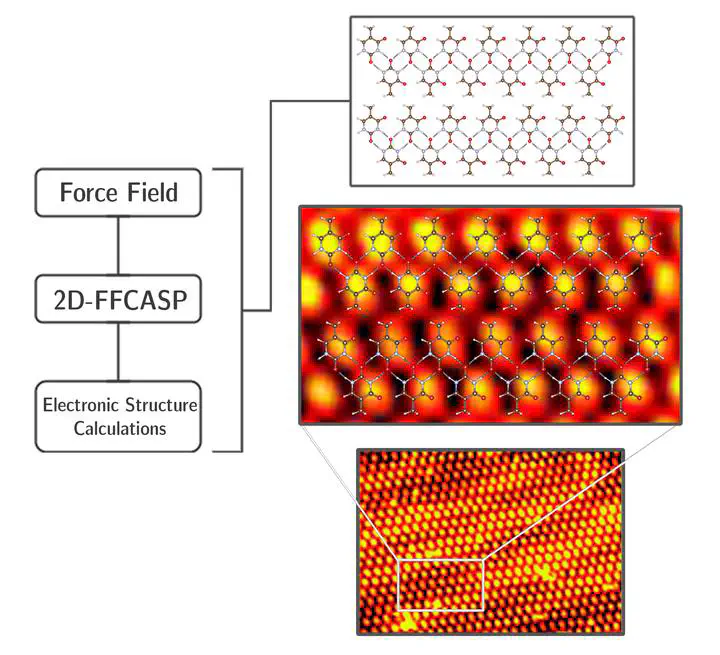2D-FFCASP—A New Approach for 2D Structure Prediction Applied to Self-Assemblies of DNA Bases

Abstract
Biomolecular self-assembly on surfaces is an emerging and exciting field for the fabrication of 2D nanostructures that are being used in a wide range of applications. Self-assembly of the nucleic acid bases, which are mostly stabilized by hydrogen bonding, in both solution and solid have been well characterized by various experimental techniques such as nuclear magnetic resonance (NMR) and scanning tunneling microscopy (STM). Especially for the surface based self assemblies, the resolution of STM images is quite insufficient to reveal the dominating intermolecular interactions which lead to the formation of self-assembled DNA bases. Moreover, it is also possible to form crystalline order self assemblies by finding suitable experimental conditions. This fact allows the application of crystal structure prediction (CSP) tools for the discovery of ordered self assemblies. In this regard, the existing CSP method called FFCASP has been extended with a new implementation allowing the prediction of 1D or 2D periodic and nonperiodic structures. The new approach, 2D-FFCASP, has been applied to four DNA bases and the best resulting structures have been further evaluated by dispersion-corrected density functional theory (DFT-D) and cluster in a molecule local correlation approach at the second-order Møller–Plesset perturbation (CIM-RI-MP2). 2D-FFCASP successfully reproduced the known self-assemblies of DNA bases in addition to many newly found isoenergetic structures.